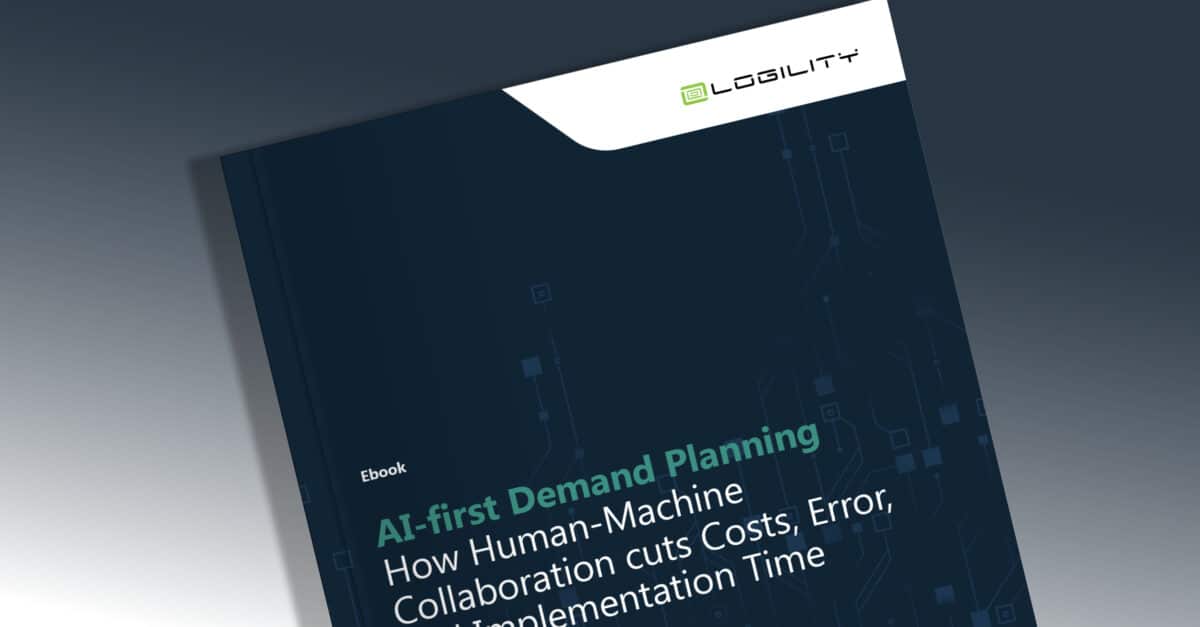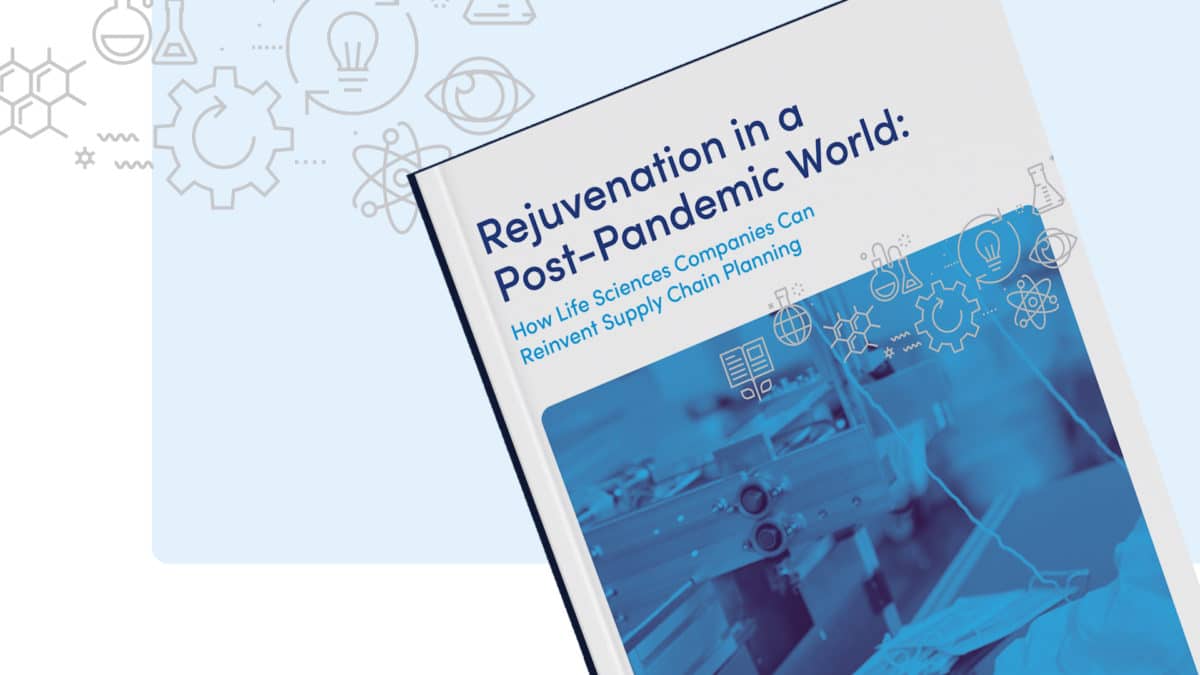Two More Building Blocks for Unified Commerce

Description
The path toward Unified Commerce requires both an agile retailing and merchandise planning approach plus new ways of thinking.
Shoppers don’t think in channels, and you shouldn’t think of your selling channels as individual entities either. Ecommerce, mobile and point of sale (POS) are all part of your shoppers’ experience with your brand. Plus, interaction with your brand will likely start before the shoppers reach the store or open their packages.
For example, shoppers may discover your brand on social media whilst checking out a key opinion leader’s or influencer’s post. After a couple of clicks, they can either buy the item on their mobile, tablet or desktop, or go to the store to get it. This process has to be frictionless or conversion drops.
Forward thinking, creative retailers are now starting to use sentiment and artificial intelligence (AI) to gain insights from their customers or loyalty members to test products before they come to market to influence merchandise planning and buying decisions earlier in the process. Retailers have an abundance of customer data that they can harness and use and also make their loyal customers feel engaged in the brand by asking for product feedback and providing access to user groups. Therefore, by reducing the risk of poorly developed and planned ranges and focusing on new ranges for key customers, retailers can increase average transaction values and customer loyalty to the brand.
So, what could a unified commerce customer experience look like for your company?
Download this white paper to find out. Part two of a three part series, this piece presents two additional building blocks of a unified commerce platform: how to create a unified customer experience, and how to build customer loyalty by using personalization.


